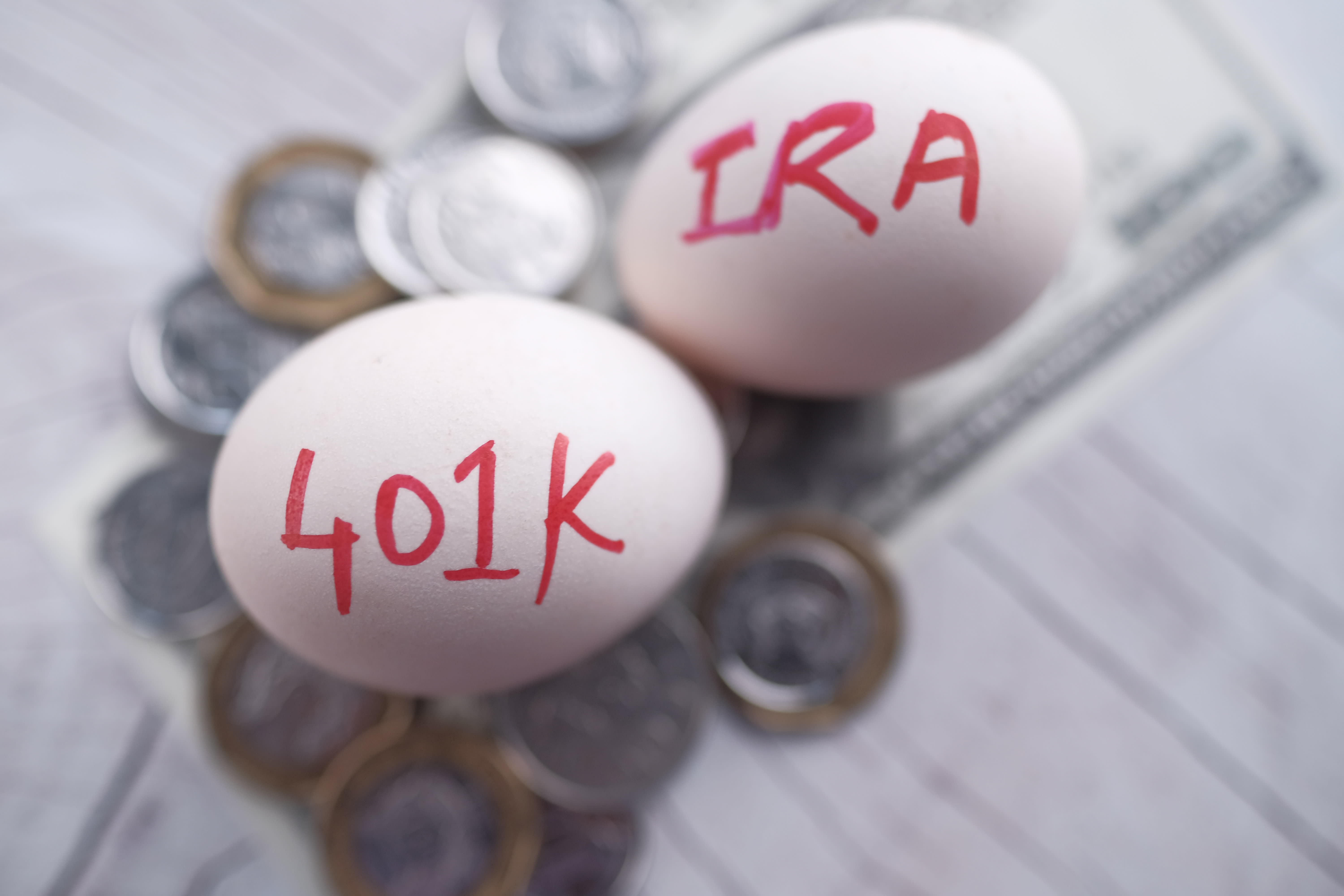Products You May Like
If you inherit a retirement account, you may want to pause before making any decisions on when and how to access the money.
Basically, the rules that apply depend on your relationship to the person who died. Mistakes can be made, and depending on the specifics, they can be hard to undo.
The 2019 Secure Act eliminated the ability of many beneficiaries to take distributions across their own lifetime from inherited 401(k) or individual retirement accounts if the original account owner died after Dec. 31, 2019.
Unless you meet an exception — you’re the spouse or minor child of the decedent, for example — those inherited accounts generally must now be depleted within 10 years.
Here’s what to know.
Non-spouses with flexibility
If the beneficiary is the minor child of the deceased person, the 10-year depletion rule kicks in once they reach the age of majority where they live. In most states, that’s age 18.
Before reaching that point, though, the child would have to take annual required minimum distributions, or RMDs as they’re known, based on their own life expectancy. (Those required withdrawals generally kick in for retirement savers at age 72 based on the account owner’s expected lifespan.)
“So if you have a 10-year-old who takes RMDs, they’d do that until age 18 when they’d flip to the 10-year rule,” said Brian Ellenbecker, a certified financial planner with Shakespeare Wealth Management in Pewaukee, Wisconsin.
Additionally, a beneficiary who is chronically ill or disabled, or one who is not more than 10 years younger than the deceased person, can take distributions based on their own life expectancy and are not subject to the 10-year rule.
All other non-spouse beneficiaries
If you are a beneficiary subject to the 10-year depletion rule because you don’t meet an exception, it’s important to consider how you’re going to meet that requirement.
“There’s no set amount you have to take each year, it just has to be all withdrawn within that 10 years,” said CFP Peggy Sherman, a lead advisor at Briaud Financial Advisors in College Station, Texas.
The process basically involves setting up an inherited IRA and transferring the money to it. This is the case whether the original account is an IRA or 401(k).
There are a couple different things to consider in this situation, including whether the inherited account is a Roth or traditional version.
Distributions from Roth accounts are generally tax-free, while traditional ones are taxed upon withdrawal. (Be aware that if you inherit a Roth account that’s been open less than five years, any earnings withdrawn would be subject to taxes while the contributed after-tax amounts would still be tax-free.)
So if it’s a Roth and you won’t pay taxes on distributions regardless of when in that 10-year period you take them, it may be worth leaving the money there until year 10 so it can continue growing tax-free, Sherman said.
On the other hand, if it’s a traditional IRA or 401(k), it’s worth evaluating the tax aspect of taking distributions. Because the money would be taxed as ordinary income, taking a lot all at once could bump you into a much higher tax bracket. Spreading out the distributions over the decade could minimize the tax hit in any given year.
There’s no set amount you have to take each year, it just has to be all withdrawn within that 10 years.Peggy ShermanLead advisor at Briaud Financial Advisors
If you do not empty the account within 10 years, any assets remaining in the account could be subject to a 50% penalty.
Meanwhile, sometimes heirs end up with a retirement account via an estate — in other words, they were not the listed beneficiary but end up with the account when the estate goes through probate and assets are distributed.
In this case, different rules kick in. The account generally must be depleted within five years if the original account owner had not started taking RMDs, according to Vanguard. If RMDs were underway, the heir would essentially need to keep those withdrawals going.
For spouses
Spouses have more options when they inherit a retirement account.
The first is rolling the money into your own IRA. In this case, you would follow the standard RMD rules — that is, when you reach age 72, you start making those required withdrawals based on your own life expectancy.
“If the surviving spouse doesn’t need the income, this probably ends up being the best option because it can potentially give them time for the money to keep growing in the account,” said Ellenbecker, of Shakespeare Wealth Management.
However, he said, this also means you’d be subject to a 10% early withdrawal penalty if you’re under age 59½ and withdraw money from that account.
The way to avoid that is to put the money in an inherited IRA and remain the beneficiary. In this case, you would not be subject to the penalty. Additionally, RMDs — which would be based on your life expectancy — do not have to start until the deceased spouse would have reached age 72, Ellenbecker said.
